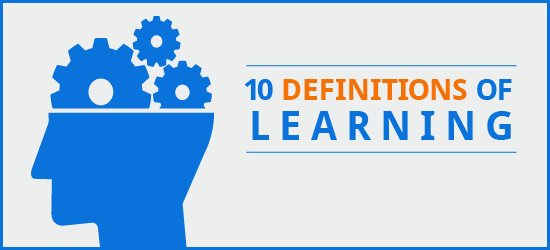Throughout our school life, or simply observing in detail what is happening to us, we realize that everything we learn is not the same, the differences seem obvious when we compare in-depth learning, derived from a topic that interests us, with the literal memorization of something boring and without giving it meaning. For this reason, David Ausubel studied the differences between these two forms of learning and developed, from them, his theory of meaningful learning.
Many education psychologists have focused their efforts on developing models that describe how we acquire knowledge, with Ausubel’s model on meaningful learning being one of those who has best explained how non-literal deep learning occurs, defined as built learning and linked to prior knowledge, where the subject acquires an active role, restructuring and organizing information.
- In this theory important constructivist influences are glimpsed.
- For David Ausubel true knowledge is constructed by the subject through his own interpretations.
- So any knowledge based on literal memory would be nothing more than the result of repetitions with little or no meaning.
- In this kind of knowledge.
- The interpretation of the subject would not come into play and would have little significant influence on the life of the person.
To know the nature of meaningful learning, it is necessary to understand that Ausubel’s theory is a theory intended for direct application. David did not simply try to describe the different types of learning; I wanted to make a change in teaching. As mentioned above, it is difficult for literal or superficial learning to change the subject’s representations, raising the question of whether we can talk, in these cases, about real learning. why it is necessary to understand what meaningful learning is.
Meaningful learning is relational learning. It relates to previous knowledge and lived experiences, this requires a modification or a way to complete our patterns or representations of reality, thus achieving a profound learning process, it is not only memorized data, but a conceptual framework of how we see and interpret the reality around us.
A key aspect of this type of learning is the cyclical relationship between our conceptual framework or our patterns and the perception of material reality, we observe material reality and, thanks to our previous knowledge and patterns (conceptual framework), we build a representation of it. . By building a representation of reality, it is incorporated into our conceptual framework, modifying or complementing our knowledge and patterns. In this way, the aggregated representations will influence the creation of new representations, thus creating a cycle?Representation?New conceptual framework?representation?.
This theory has strong implications for changing teaching methods, if we take a superficial look at current education we will make several mistakes, the system is designed to promote memorization or literal learning, allowing students to learn data, formulas or names without any meaning.
In addition, the current evidence-based evaluation system promotes surface learning, in fact, to pass the tests it is not necessary to have meaningful learning, but to get a good grade, memorize the learning will give better results with Less effort Now, those who seek to understand the subject feel discouraged or do not understand why they have worse results.
David Ausubel proposed the following principles that teaching must follow to achieve meaningful learning for his students:
We can easily feel that investing in a model that prioritizes meaningful learning requires resources, the difficulty is much greater than the other mode of learning we mentioned in this article (literal or superficial learning), much more common in schools today. the question is: what model do we want?

